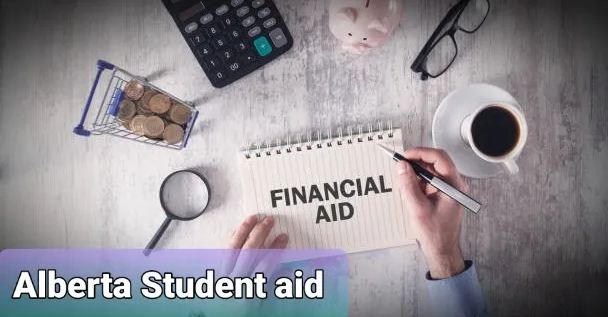Funding assistance:
If you are:
- 19 years old or younger on September 1, you can explore taking tuition-free high school courses:
- at an Alberta high school
- through online options offered by a school authority in your area
- learning for yourself, you are expected to pay for your education
- learning for a new or better job, and can’t pay for your education, financial supports may be available.
Types of Funding
Most financial assistance is for full-time programs, but not everyone can study full-time. For example, you may need to work while you learn to keep up with ongoing expenses. See how to pay for your post-secondary education, for more information, or see if you qualify for these support programs:
Community adult learning
Programs that offer part-time, informal learning options, like community adult learning, provide supports that help you with:
- child care
- transportation
- waived fees
Paying for post-secondary education or training:
There are many ways to pay for your post-secondary education or training.
Most students in Alberta pay for school by:
- working and saving money
- applying for free money like scholarships, awards, bursaries and grants
- borrowing money through student loans and lines of credit
Work and save money
You may be able to pay for some or all of your post-secondary education with money you have saved or that you earn while studying. You may be able to draw from:
- money you have saved for your education
- a Registered Education Savings Plan (RESP)
- a Registered Retirement Savings Plan (RRSP)
- your wages or salary if you plan to work while you study
Apply for free money:
If you need help paying for school, there are organizations that will give you free money to help with the costs. This money is different than student loans because you don’t have to pay it back.
Free money for school is offered through:
- scholarships and awards
- bursaries
- grants
Each year, millions of dollars of scholarships and bursaries in Canada go unclaimed. Remember that money is often awarded for things other than high grades or athletic ability. But you won’t land the money if you don’t apply.
Borrow money:
Borrowing money is called taking out a loan. If you need help paying for your post-secondary education, student loans give you the money now and you pay it back later (with interest).
There are different ways that you can borrow money:
- government student loan
- student line of credit
- student credit card
- borrowing from friends and family
Apply for a student loan through Alberta Student Aid or the National Student Loan Service Centre.
When you apply for an Alberta student loan, you are also automatically considered for grants if you have financial needs.
Funding for essential skills:
Programs are available to help you develop your essential skills and prepare for success in your career or post-secondary studies. You may be eligible for financial help to take academic upgrading, English as a second language, or adult literacy programs if you want to:
- learn new skills
- start on a path to other learning options
- find or get a better job
Many of these programs offer tuition or other support, depending on your financial situation.
Spending plan:
Setting up a spending plan before you start school can help you manage your money. A spending plan is a budget that helps you:
- understand what you can afford
- plan to reach your goals
- get the most for your money
- make your money last until the end of the school year
Discussions
Discussions
